The Parthenaise breed originated in the centre of France, around the borders of Brittany to the Charente Basin. It is said to be one of the oldest French breeds, with records going back to the late 19th century. In the second half of that century, many vineyards were destroyed by phylloxera (grape crop disease) and were subsequently uprooted, with the land turned to pasture.
A number of dairy co-operatives were formed and the Parthenaise breed of cattle was used to produce a type of butter marketed as Charente-Poitou, which quickly became well known.
This led to a massive increase in the numbers of the breed, which is said to have been around 1.1 million head by the late 19th century. During this time, the animals were also used for draught work.
A herd book was established in 1893. However, due to the mechanisation of agriculture which reduced the need for draught cattle – and partly because of competition from specialised breeds which began to reach the area from other parts of France – the population started to decline.
After the Second World War, the Parthenaise was still well represented, but was under threat, both from the difficulty of finding bulls that met the stringent regulations for registration for artificial insemination and from reduction of herds by culling to eradicate bovine tuberculosis.
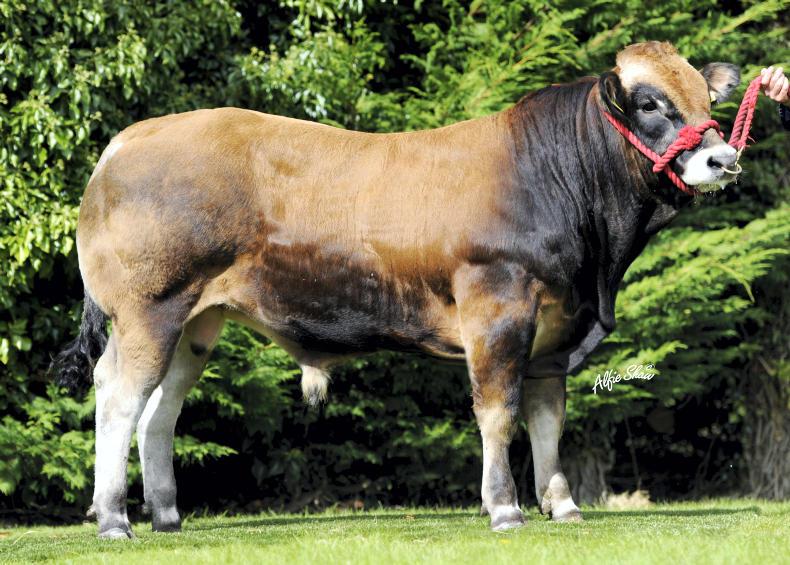
Parthenaise Tully test bull Gaggin Dancer ET, bred by Patrick Hegarty, Bandon, Co Cork.
By the 1960s, it had become clear that the dual-purpose aim for the breed was no longer viable. In 1971, the decision was taken to select for beef production only.
It was at this stage that the breed society established a programme of improvement, with particular emphasis on the production of high-quality beef.
Since that time, the population has grown consistently. The number of breeding cows rose from 7,000 in 1990 to 33,000 in 2008. In 2014, the total breed population was reported at 43,187.
Purebred Parthenaise cattle are now produced in the UK, Ireland, Canada and America.
Characteristics
The Parthenaise are reddish buckskin to a dark brown colour, with dark brown to black around the neck, eyes, ears and jaw. The face and muzzle are lighter. The nose, hooves, and tail are black.
Mature cows can weigh from 750kg to 1,000kg and the bulls reach 1,350kg. Average birth weight for bulls is around 44kg and 41kg for heifers.
Pedigree cattle are well framed, double-muscled (not as much as Belgian Blue) and have a high muscle-to-bone ratio. It is said that purebreds will dress out over 67%.
French government statistics show Parthenaise to be highly productive fertile producers of high-quality lean meat.
The breed is also said to produce calves regularly that calve with ease and are hardy at birth.
Parthenaise cows produce good-quality milk, given their descendants from a dual-purpose breed, and also carry the ability to cope with differing climatic conditions. They have very good disease resistance.
Ireland
While semen for the Parthenaise breed was availible in Ireland from the early 1990s, the first purebred stock weren’t born until 1995. These calves (two bulls) were born as a result of embryos purchased from England by Michael Hassett, Birdhill, Co Tipperary.
As interest grew for the breed, so too did the need for an official society. Following a number of informal meetings, a society was established in 1997.
The first council elected consisted of Michael Hassett, Kathleen O’Brien, Liam McGuire, Jimmy Quin, Robert Coburn, Sorcha Connelly and Willie Shiel.

Beef Expo champion 2010 Keelties Ella from the O’Brien family.
The first AGM of the Irish Parthenaise Cattle Society took place on 1 October 1997. Coincidently, the first pedigree Irish heifer was born the following day.
The society now sees an annual membership of over 60 breeders, which register an average of 400 calves in any given year.
Irish Parthenaise breaks boundaries
A consignment of embryos left Ireland this week for their destination of Australia. The lot of 38 Grade A embryos was collected from some of Ireland’s top pedigree Parthenaise cattle and marks the first ever shipment to go down under.
Gary Dempsey, an Australian breeder who had previously imported shipments of Gene Ireland Parthenaise bulls for commercial use, came to Ireland last year in search of embryos to form a new pedigree herd in Australia. Having visited a number of herds last autumn, he selected some top cows from which he wanted to secure embryos from.
The embryos were the result of seven matings
With Ireland having never exported embryos to Australia, a new health cert had to be created. This had to be created at the request of the Irish Parthenaise Cattle Society by the Department of Agriculture before the society could go any further. With a few months of back and forth communications, the green light was finally given.
The embryos were the result of seven matings from cows from Paddy Kavanagh’s Drumgoold herd, Alaster Swift’s Monfin herd, Paddy Doyle’s Kyle herd and veterinary surgeon Dáire Markham’s AJ’s herd. Some of the noteworthy cows include Boley House Carmel (who is currently second highest in the Parthenaise breed on replacement index), Drumgoold Isla ET, Drumgoold Isabel ET, Kilowen Gail, Kilowen Florence, Kyle Herd Mascot and AJ’s L’Oreal. These select cows were then crossed with some of the best Irish-bred bulls and French bulls available through the society. The animals were all prepared and flushed together in the vetembryos.ie collection centre in Ballinlough, Co Roscommon. Following this flushing last November, the embryos have since been in quarantine to allow for export.

Dáire Markham of vetembryos.ie.
Speaking on the shipment, vetembryos.ie owner Dáire Markham said: “These embryos break the seal on a once untouched market. It’s great to see a small society such as the Irish Parthenaise Cattle Society being the ones to do it. Gary has given the go ahead that he is coming back this May, with the hope he will select more to go into the breeding programme.”
Along with the shipment of 38 embryos, he also secured a further 100 straws of the newest Gene Ireland bull Kilgulbin Parthenaise Logan.
The Irish Parthenaise Cattle Society has also exported both breeding stock and embryos to the Czech Republic in the very recent past.
Much of this achievement can be put down to the commitment of a number of dedicated breeders who continue to promote Irish genetics globally. These people aren’t just in the Parthenaise breed, but across all breeds in Ireland. It also stands as a testament of how Irish genetics are looked upon on a global scale and gives great reassurance as to where we stand with regard to national herd health.
The Parthenaise breed originated in the centre of France, around the borders of Brittany to the Charente Basin. It is said to be one of the oldest French breeds, with records going back to the late 19th century. In the second half of that century, many vineyards were destroyed by phylloxera (grape crop disease) and were subsequently uprooted, with the land turned to pasture.
A number of dairy co-operatives were formed and the Parthenaise breed of cattle was used to produce a type of butter marketed as Charente-Poitou, which quickly became well known.
This led to a massive increase in the numbers of the breed, which is said to have been around 1.1 million head by the late 19th century. During this time, the animals were also used for draught work.
A herd book was established in 1893. However, due to the mechanisation of agriculture which reduced the need for draught cattle – and partly because of competition from specialised breeds which began to reach the area from other parts of France – the population started to decline.
After the Second World War, the Parthenaise was still well represented, but was under threat, both from the difficulty of finding bulls that met the stringent regulations for registration for artificial insemination and from reduction of herds by culling to eradicate bovine tuberculosis.

Parthenaise Tully test bull Gaggin Dancer ET, bred by Patrick Hegarty, Bandon, Co Cork.
By the 1960s, it had become clear that the dual-purpose aim for the breed was no longer viable. In 1971, the decision was taken to select for beef production only.
It was at this stage that the breed society established a programme of improvement, with particular emphasis on the production of high-quality beef.
Since that time, the population has grown consistently. The number of breeding cows rose from 7,000 in 1990 to 33,000 in 2008. In 2014, the total breed population was reported at 43,187.
Purebred Parthenaise cattle are now produced in the UK, Ireland, Canada and America.
Characteristics
The Parthenaise are reddish buckskin to a dark brown colour, with dark brown to black around the neck, eyes, ears and jaw. The face and muzzle are lighter. The nose, hooves, and tail are black.
Mature cows can weigh from 750kg to 1,000kg and the bulls reach 1,350kg. Average birth weight for bulls is around 44kg and 41kg for heifers.
Pedigree cattle are well framed, double-muscled (not as much as Belgian Blue) and have a high muscle-to-bone ratio. It is said that purebreds will dress out over 67%.
French government statistics show Parthenaise to be highly productive fertile producers of high-quality lean meat.
The breed is also said to produce calves regularly that calve with ease and are hardy at birth.
Parthenaise cows produce good-quality milk, given their descendants from a dual-purpose breed, and also carry the ability to cope with differing climatic conditions. They have very good disease resistance.
Ireland
While semen for the Parthenaise breed was availible in Ireland from the early 1990s, the first purebred stock weren’t born until 1995. These calves (two bulls) were born as a result of embryos purchased from England by Michael Hassett, Birdhill, Co Tipperary.
As interest grew for the breed, so too did the need for an official society. Following a number of informal meetings, a society was established in 1997.
The first council elected consisted of Michael Hassett, Kathleen O’Brien, Liam McGuire, Jimmy Quin, Robert Coburn, Sorcha Connelly and Willie Shiel.

Beef Expo champion 2010 Keelties Ella from the O’Brien family.
The first AGM of the Irish Parthenaise Cattle Society took place on 1 October 1997. Coincidently, the first pedigree Irish heifer was born the following day.
The society now sees an annual membership of over 60 breeders, which register an average of 400 calves in any given year.
Irish Parthenaise breaks boundaries
A consignment of embryos left Ireland this week for their destination of Australia. The lot of 38 Grade A embryos was collected from some of Ireland’s top pedigree Parthenaise cattle and marks the first ever shipment to go down under.
Gary Dempsey, an Australian breeder who had previously imported shipments of Gene Ireland Parthenaise bulls for commercial use, came to Ireland last year in search of embryos to form a new pedigree herd in Australia. Having visited a number of herds last autumn, he selected some top cows from which he wanted to secure embryos from.
The embryos were the result of seven matings
With Ireland having never exported embryos to Australia, a new health cert had to be created. This had to be created at the request of the Irish Parthenaise Cattle Society by the Department of Agriculture before the society could go any further. With a few months of back and forth communications, the green light was finally given.
The embryos were the result of seven matings from cows from Paddy Kavanagh’s Drumgoold herd, Alaster Swift’s Monfin herd, Paddy Doyle’s Kyle herd and veterinary surgeon Dáire Markham’s AJ’s herd. Some of the noteworthy cows include Boley House Carmel (who is currently second highest in the Parthenaise breed on replacement index), Drumgoold Isla ET, Drumgoold Isabel ET, Kilowen Gail, Kilowen Florence, Kyle Herd Mascot and AJ’s L’Oreal. These select cows were then crossed with some of the best Irish-bred bulls and French bulls available through the society. The animals were all prepared and flushed together in the vetembryos.ie collection centre in Ballinlough, Co Roscommon. Following this flushing last November, the embryos have since been in quarantine to allow for export.

Dáire Markham of vetembryos.ie.
Speaking on the shipment, vetembryos.ie owner Dáire Markham said: “These embryos break the seal on a once untouched market. It’s great to see a small society such as the Irish Parthenaise Cattle Society being the ones to do it. Gary has given the go ahead that he is coming back this May, with the hope he will select more to go into the breeding programme.”
Along with the shipment of 38 embryos, he also secured a further 100 straws of the newest Gene Ireland bull Kilgulbin Parthenaise Logan.
The Irish Parthenaise Cattle Society has also exported both breeding stock and embryos to the Czech Republic in the very recent past.
Much of this achievement can be put down to the commitment of a number of dedicated breeders who continue to promote Irish genetics globally. These people aren’t just in the Parthenaise breed, but across all breeds in Ireland. It also stands as a testament of how Irish genetics are looked upon on a global scale and gives great reassurance as to where we stand with regard to national herd health.







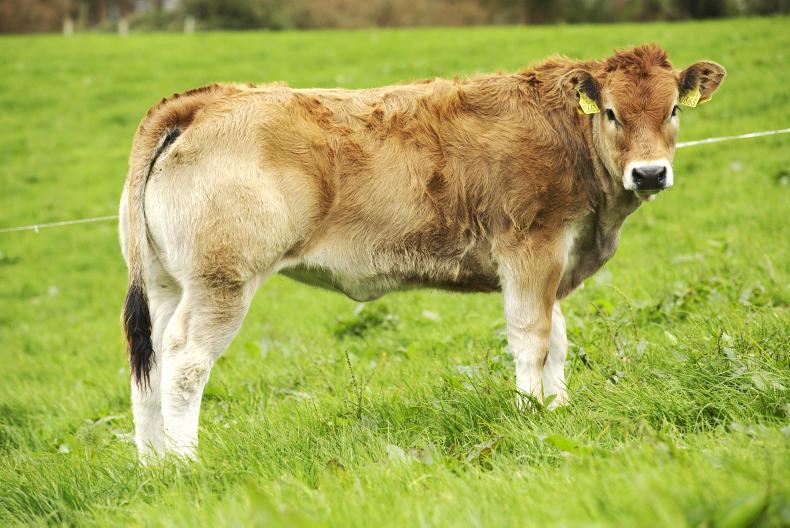
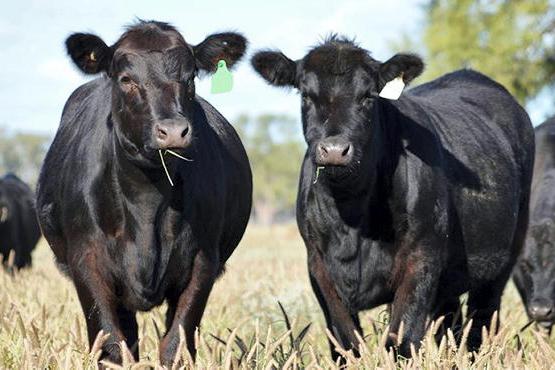

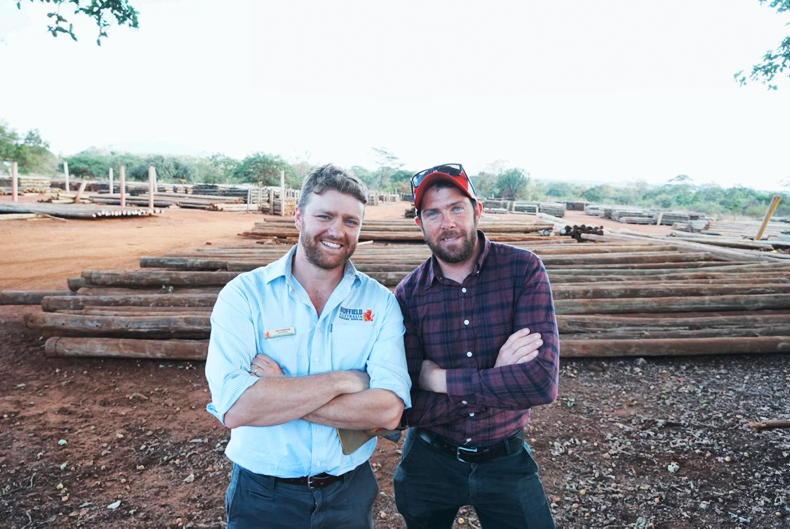
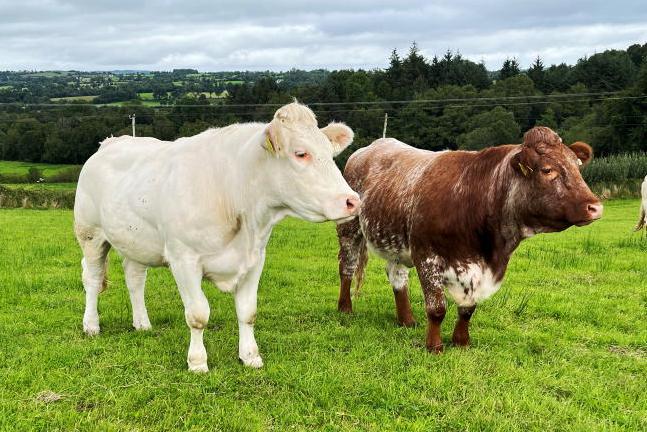
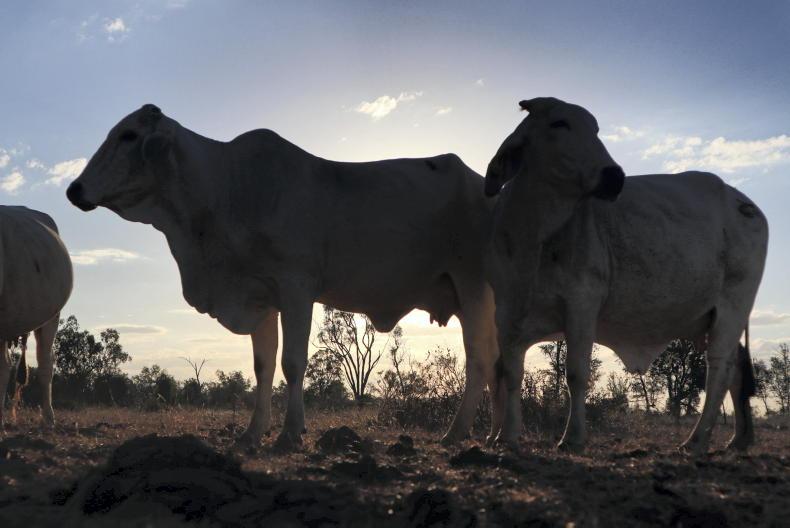
SHARING OPTIONS